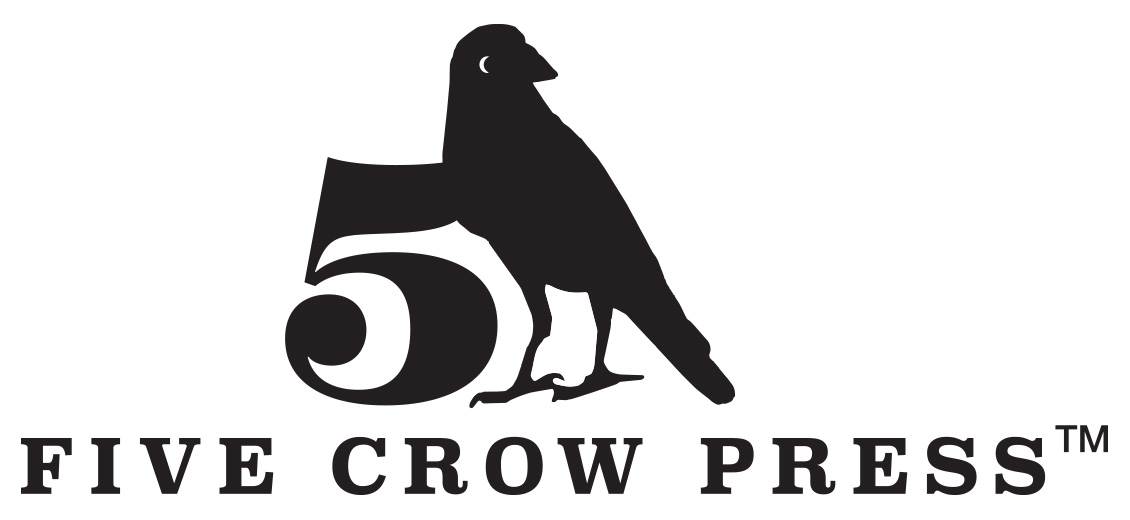One thing common to every human being is the inevitability of losing people we care about. It is a universal experience with no limits. No markers exist—of age, income, socioeconomic identity, culture, nationality, political party or religion. None will exempt us from this inevitability. Just as Mary Oliver’s poem “Summer Day,” reminds of this certainty (“Doesn’t everything die at last, and too soon?”), we are then plunged headlong into a sorrow and longing we feel is threatening to bury us alive. As we attempt to navigate the depths of sorrow and longing we never knew existed, healing may feel like a concept too remote to even contemplate. In this sea of abysmal grief, some may sink, some may tread water, remaining stuck in one place, some may eventually swim. Here are a few tips for taking those first tentative strokes toward healing’s shore.
Ask.
When you’re drowning in grief, the very last thing you feel like doing may be reaching out for help. Nevertheless, admitting your vulnerability and reaching out to others can be your first baby step toward healing. According to author and researcher Brene Brown, embracing vulnerability in this way is an act of courage: “Vulnerability is not winning or losing; it’s having the courage to show up and be seen when we have no control over the outcome” (Daring Greatly, Gotham Books, 2012). When we reach out to others in our deep pain, we are both acknowledging our vulnerability and opening ourselves up to connection’s healing power.
Allow and Accept.
No doubt you’ve been surrounded with people asking, “What can I do to help?” Politely, you’ve probably declined. Or when someone texts “Let me know if you need anything” you’ve probably replied. “Thanks, I will” with no intention of cashing that chip. Think again. Not only are these offers sincere (most of the time), but in allowing others to do something for you—pretty much anything that might help you get through your dark day—you are opening up a pipeline of healing energy exchanged between two people when one actively cares for another. Because this flow is beneficial to both the giver and the receiver, you’re actually helping them by allowing them to help you. It doesn’t have to be big (“Could you grab me a jug of milk next time you’re at the store?”) or invasive (“I’m not up to company or conversation, so can you please make these phone calls for me?). Allowing and accepting kindness as it is offered—as difficult or uncomfortable as it may be in this age of autonomy—is essential to recovering some sense of well-being. Author and grief expert Megan Devine notes in her book It’s OK That You’re Not OK: Meeting Grief and Loss in a Culture That Doesn’t Understand, (Sounds True, 2017), “Grief is about receiving love, not just giving it. It’s okay to let yourself be held, to be comforted, and to be cared for.”
Lean In.
Connecting more deeply with your faith or spiritual tradition can offer both comfort and guidance in the dark days of intense grief. Remembering that love and grief are two sides of the same coin—your deep grief affirms your deep love—while leaning into your own personal spiritual connection can offer perspective and context for the complicated mix of emotions overwhelming you in times of significant loss. Leaning in and allowing your grief to emerge is nothing to be ashamed of, but something to celebrate in its unique affirmation of your love. As renowned grief counselor Earl Grollman, an American Jewish rabbi and author known for his work on grief and bereavement said in his book Living When a Loved One Has Died (Beacon Press, 1993), “Grief is not a disorder, a disease, or a sign of weakness. It is an emotional, physical, and spiritual necessity, the price you pay for love. The only cure for grief is to grieve.”
Look to serve.
As counterintuitive as it may seem, helping someone else, when all you want to do is curl up under a blanket at home, can start a gentle ripple effect that will eventually provide relief for your own unbearable pain. In reaching beyond our own pain to find even a sliver of compassion for someone in need—and then taking some (even small) action toward that great connector, we may discover unexpected relief in a tender feeling of new purpose. As psychologist Adam Grant emphasizes, “Helping others is not only good for them and a good thing to do, it also makes us happier and healthier too” (Give and Take, Viking, 2013). By extending a hand of compassion and support to those in need, we create a ripple effect of healing and connection, transcending our individual pain.
When you find yourself plunged into grief’s dark pit, the most important thing to know and remember is you never have to walk alone. Even though it may be tempting to withdraw into your misery, your best way to survive, cope, and eventually begin to heal is by connecting with others in this common, tragic thread of every human life. As Mary Oliver so profoundly expresses in her Summer Day question: “Doesn’t everything die at last, and too soon?”

